
The loopers are commonly known as looper pedals and are the electronic devices that help make instant recordings of the music performances. In addition, it helps play the recordings in real-time, so the musicians can overdub themselves – it’s a great way of creating an extensive soundscape.
Ditto X4 is one of the best loopers with dual loop tracks, so you can create songs and multi-track compositions. It has seven incredible loop effects for creating multilayered tracks while a dedicated footswitch helps stop the loops whenever you want.
However, it is likely to cause some problems for the musicians, which you must know.
Ways to Fix Ditto x4 Problems
- Overlapping
Overlapping is the most common issue with this looper. The overlapping usually happens when you press the footswitch by mistake. Keep in mind that the footswitch of this looper pedal is softer to ensure accurate and on-time pressing but you’ve to be careful to prevent accidental pressing.
In addition to this, you must check the knobs and correct their positioning (they should be turned off while you are recording to prevent overlapping). It’s better that you check the knob’s position before starting to prevent this issue.
- Not Working Properly
If you are trying to use the looper pedal but the knobs are not responding, you should reset the unit. For this purpose, press the switch and hold it down for ten to fifteen seconds. As a result, the LED indicator will blink in orange color for a few seconds and turn red.
The red LED indicator is the clear sign that the reset process is complete, so try using the looper again. However, resetting will clear the previously customized settings, which is why you should write down the important points to make feature adjustment easier.
- Not Turning On
The looper has to turn on for recording and playing back the recordings, but if it won’t turn on, you have to check the power cord. The power cord must be tightly connected to the looper as well as the power outlet. In addition, the power cord shouldn’t be bent as it indicates internal damage.
You can also use a voltage meter to check if the power cord is transmitting the current or not. If it’s not transmitting properly, the power cord is damaged and should be replaced. The second step is to check the power supply on the pedal.
If you are using the looper pedal with a 9V battery, use a battery tester to see if the batteries are working. If the batteries don’t show electrical charge, they need to be replaced. The batteries usually last for a year or two, depending on the usage. Lastly, you must use the correct polarity for the power socket.
The power sockets should have a center negative setting. This means that a middle pin on the plug is the ground and the exterior of the plug is positive. You need to use a voltmeter to check the polarity, and if it’s different from the mentioned values, it’s time to get the power socket replaced.
- Too Loud Playback
Ditto X4 has been designed with a decay knob that helps users control the volume reduction that happens every time an overdub is repeated. However, if the overdub is too loud, it’s recommended that you reduce the tone control on the guitar.
On the other hand, if you are looping with the metal riffs, you must stereo separate the channel, with which the lead riff is put on the right side while the rhythm riff is on the left side. Secondly, you must check the power supply because an incorrect power supply can generate noise.
Keep in mind that regular power supplies don’t work with pedals. Instead, you need a power supply that’s specifically designed for effects and make sure it’s regulated and filtered. The regulated power supply prevents the drifting of voltages while the filtered design ensures zero noise from an AC line.
The third step is to check the pedal settings and make sure the volume knob has been set for unity gain.
- Humming Noise
If a low-frequency and the consistent humming noise is coming out of the looper pedal, the AC power is the culprit. The problem happens when AC power starts leaking into the signals and the only solution is to get the AC lines replaced. In addition to this, hire an electrician to get the grounding checked because bad grounding also produces a humming noise.
- Static Noise
When the looper makes static noise, it has inconsistent crackling – it’s similar to the noise produced by a bad guitar jack or cable. In the majority of cases, the static noise is a result of a loose connection in your looper pedal. So, start by checking the wires and jacks to make sure the connections are tight and nothing is hanging loose.
In case there are loose connections, tighten them properly. In addition, the switch must be inserted into the power outlet properly. Secondly, you must check the transistor. A transistor is basically a semiconductor device that helps amplify the electrical power/signals and switch them.
However, when the transistor is damaged, it doesn’t process the electrical signals properly, which creates a static noise. The solution is to get the pedal checked, and if the transistor seems melted or burnt, get it replaced (make sure the connections are done properly).
- White Noise
White noise is a hissing sound, which is quite common in pedals. However, the real problem happens when the pedals are making a louder hissing noise. It is caused by damaged electronic components.
To identify the damaged components, you must unscrew the pedal’s cover to access the internal components and use a multimeter to check all the components. When you find the component with zero voltage, it should be replaced. Moreover, make sure that the solder joints are well-done.
The second solution is to check the wiring layout. That’s to say because a poor wiring layout can result in feedback oscillations, resulting in white noise. The only solution is to take your pedal to a music shop and get it rewired and calibrated.
- Footswitch Is Not Clicking
If you use the looper pedal regularly, keep in mind that the footswitch is one of the most important components as it helps ensure the on-time chorus opening and closure. However, they have their own physical limitations and tend to wear down with time. As a result, they lose the signals and stop clicking.
If your footswitch has stopped clicking as well, you have to open the pedal and take a picture of the footswitch connections. Now, remove the worn-out switch and put in a replacement footswitch.
Then, just solder the switch’s connection with the help of a picture you took. However, if you don’t know how to solder, hire an electrician to replace the footswitch for you.
- Fluctuating Signals
If the signals aren’t dead but are fluctuating, your first instinct should be to check the cable’s angle. This is because if the cables are bent in weird positions, the signal transmission will be disturbed. In addition to straightening out the cable, you must ensure that the input and output jacks are tight to prevent wiggling of the cable.
This is because wiggling and constant movement of the cable can damage the solder joint, so tighten the jacks on time. On the other hand, if tightening the jacks isn’t working, you will need to open the pedal and resolder the broken joints. Secondly, you need to check the potentiometer.
In case you haven’t used the looper in a long time, the potentiometer will gather dust, which results in signal transmission errors. The solution is simple; you need to unplug the pedal, remove the batteries and back plate, and use contact cleaner to clean the potentiometer.
Once the potentiometer is clean, you have to twist the knob multiple times to ensure proper lubrication, but if there is excess cleaner, use a dry cloth to remove it.

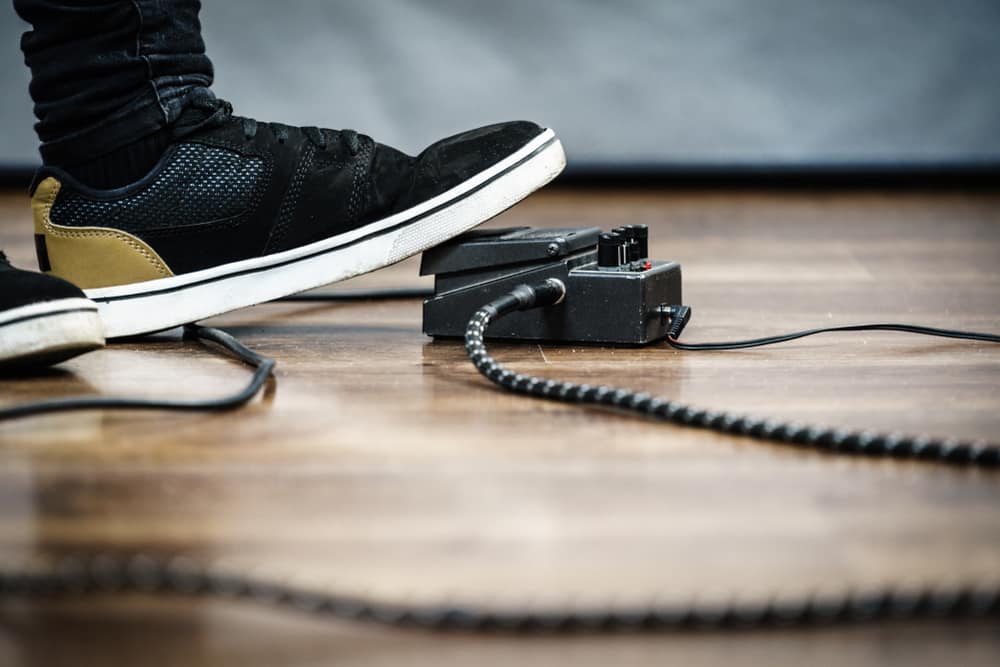
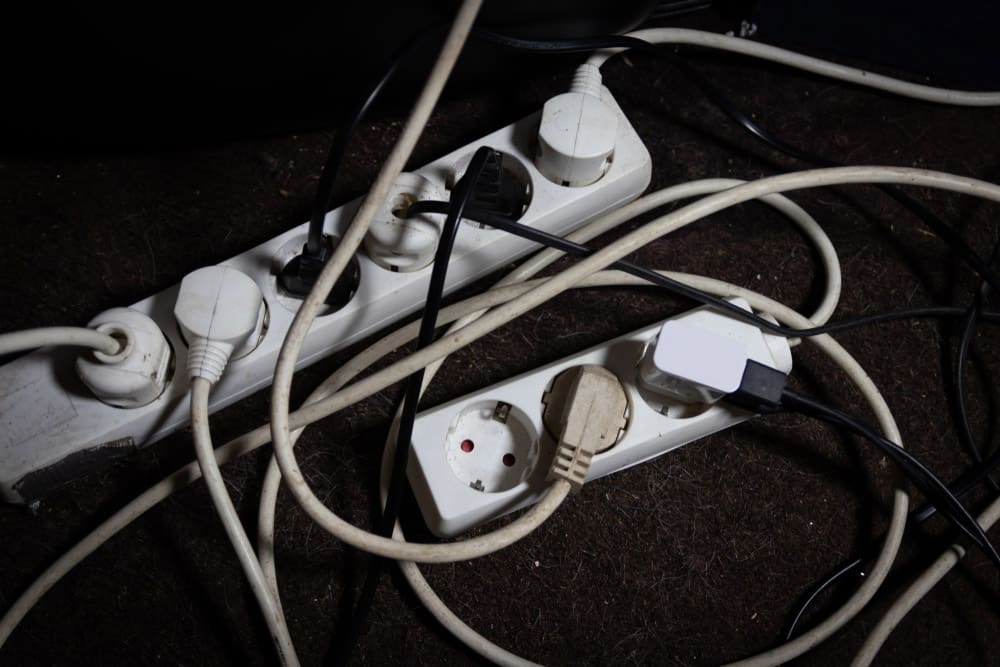
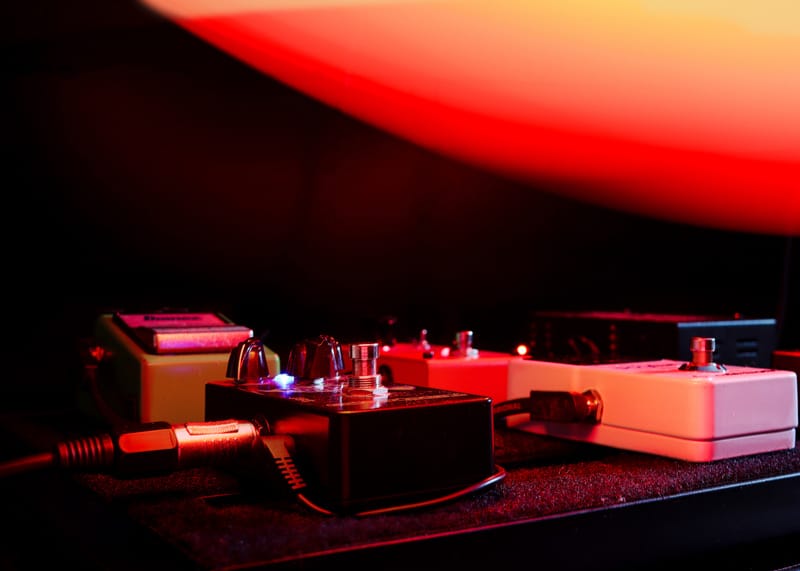
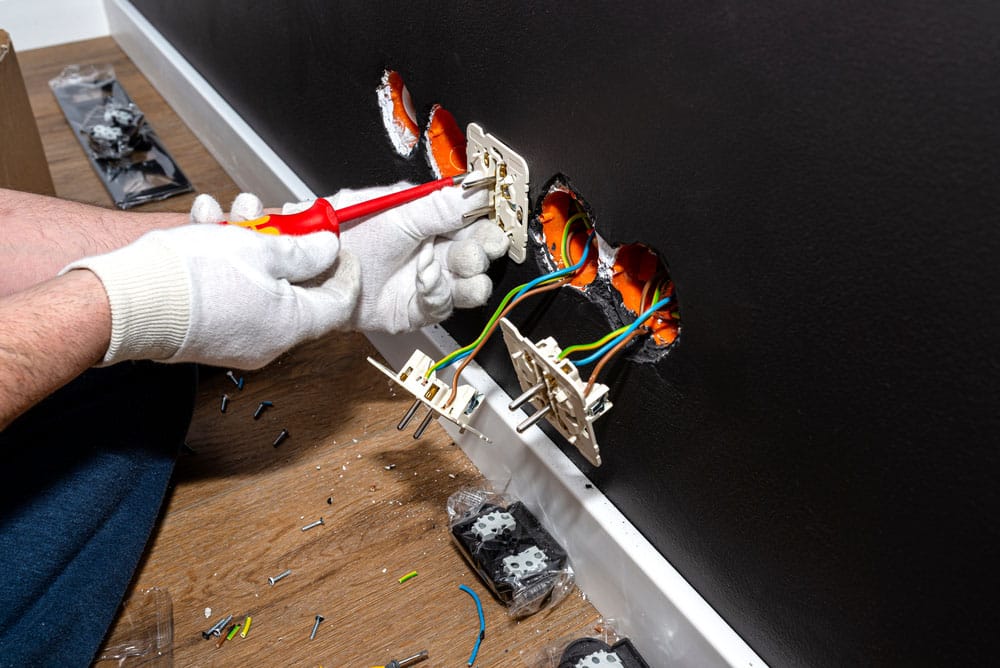
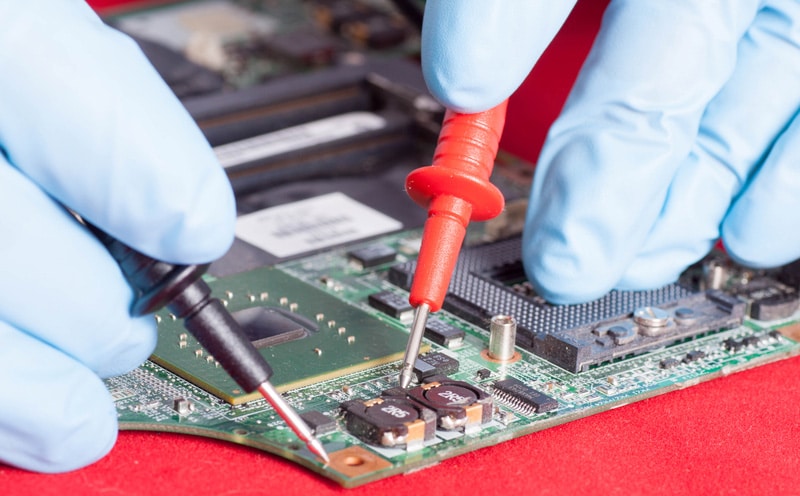
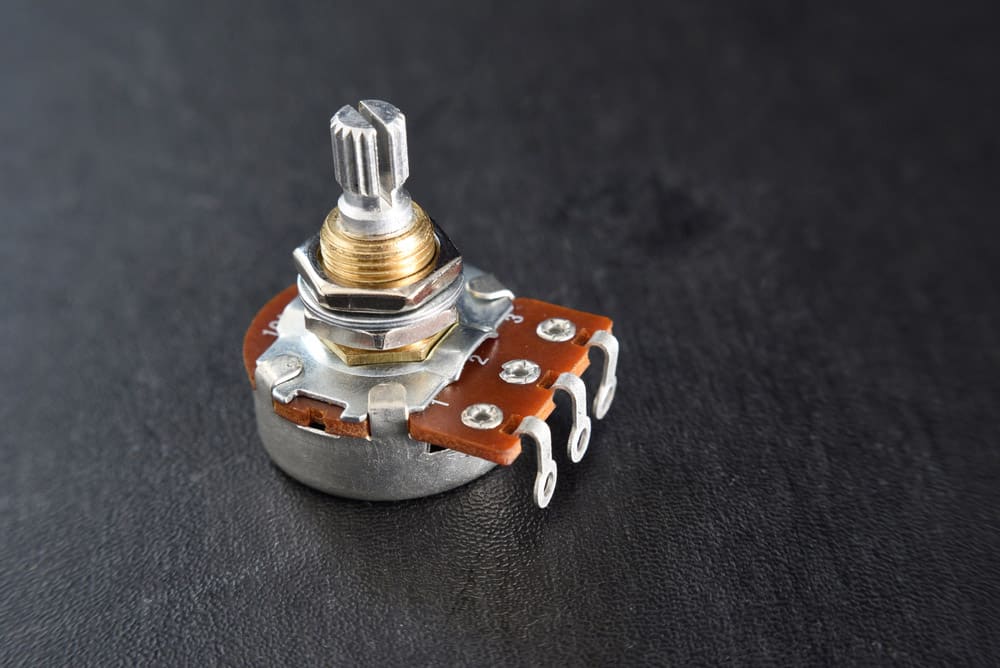
My Ditto4x looper got some very enjoying clicks and pops when i record layers. specially if I record in dubble speed. this was not a problem in the beginning, but after 2-3 month’s it started. im sending it on repair
My Ditto X4 was working properly. But now I noticed when I layer a loop over a loop the first loop becomes less louder. When there’s only one loop recorded the volume stays the same level I recorded the loop. What happened and how can I fix this problem?
Does anyone have an issue where when your loop is half times and reversed it seems to clip and get fizzy at the loudest parts of the loop. I’ve never had this problem until the last couple times I’ve used it it’s so annoying completely unusable I’m using a nice clean tone I’m not pushing anything hard at all I don’t get it. May have to try reinstalling firmware and plug it in to a different outlet.
My ditto 4 is playing too fast. Like in double or triple time. Help!!!
Hi, nice write-up! Here’s my problem: when synced to my DAW (Ableton) the Ditto X4 loops in time but when I use any of the Ditto’s fx it goes off time with Ableton’s clock, does anyone know if I can use the fx and keep it in time? I think I used to be able to before the firmware update
My ditto 4x does not have an output. Signal chain is :
– Amp ~ cable ~ Dittox4 Stereo input ~ Dittox4 Stereo output ~ cable ~ guitar.
The Dittox4 Stereo output is not releasing any signal but the Amp~ cable has signal. When booting the Ditto x4 for a second before it completes its booting there is sound but when the system starts to operate the sound disappears. The problem is not cables or signal, could be the digital aspect to the pedal. Please help. When I reset it does not completely factory reset it just keep blinking red.
My ditto x4 decreases the volume in each New record (dub) its like the potentiometer of decreases new récords (the third from left to right) would be at 2 or 3 (if where a clock-watch), but all potentiometers are at maximum level, also the potentiometer of FX do not select properly the fx that is setted.